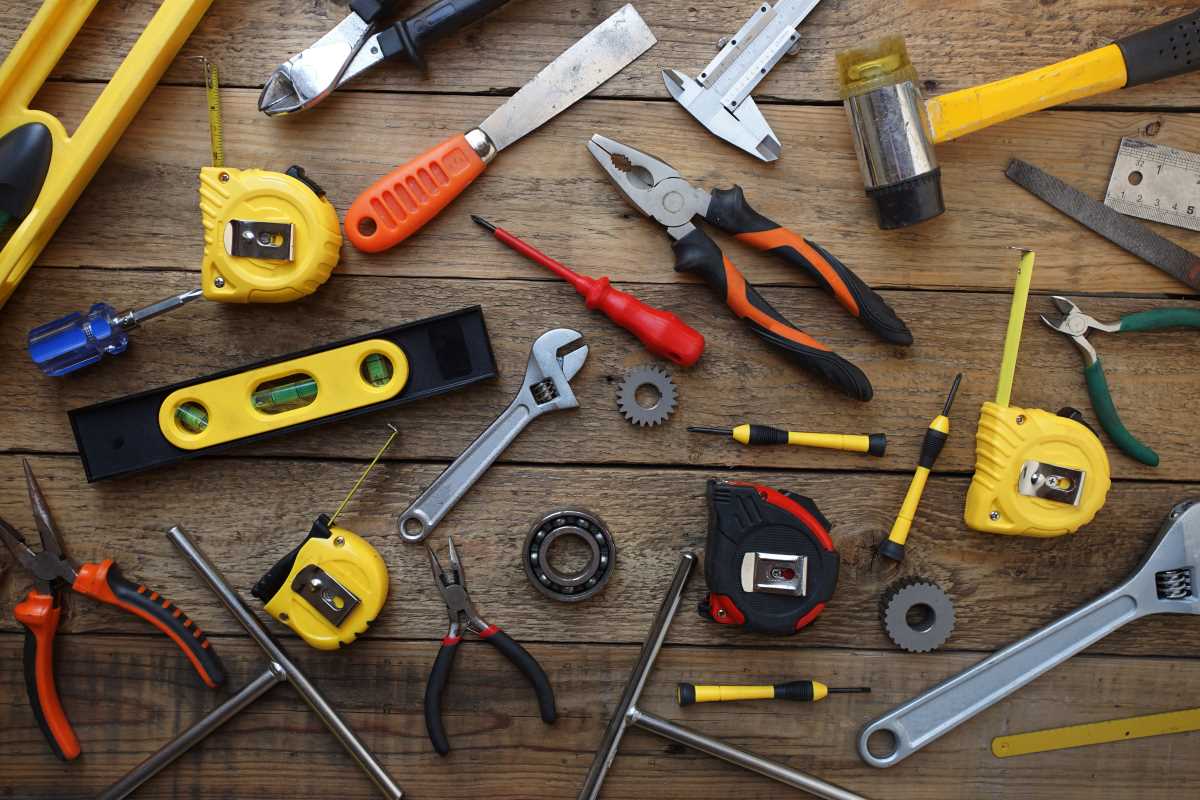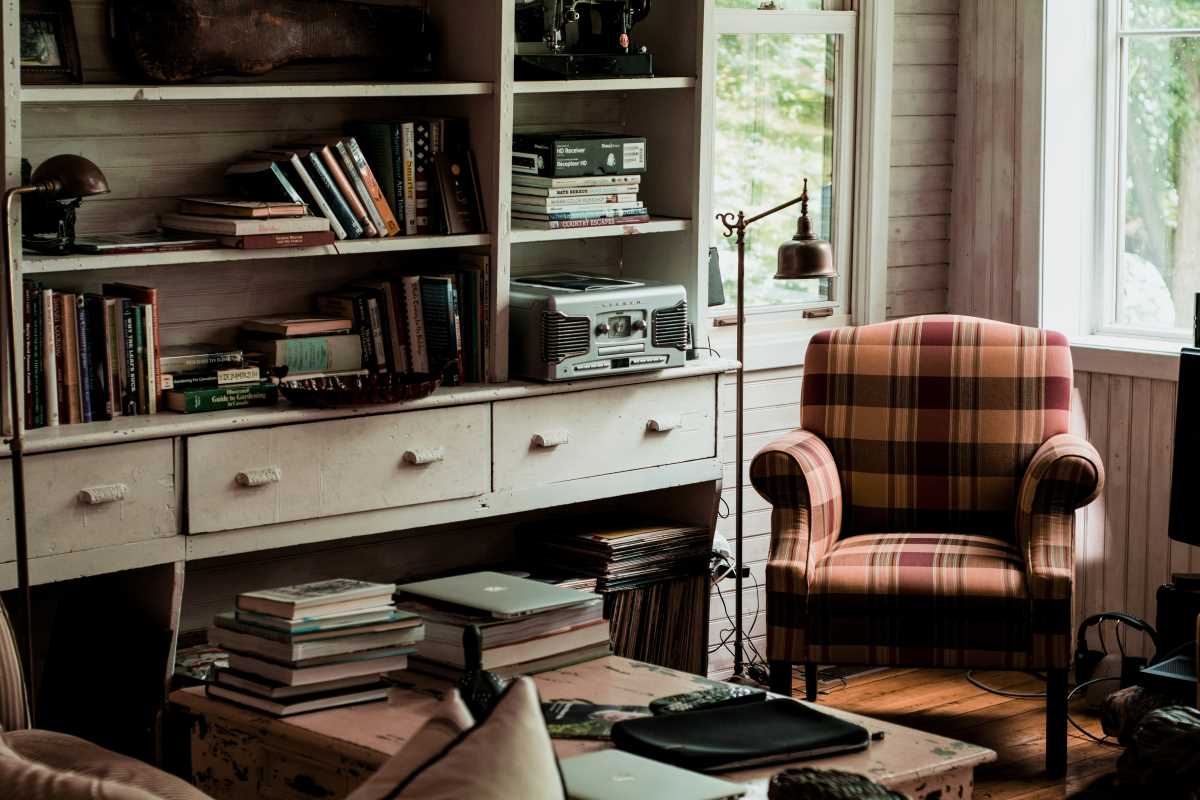Creating a home inventory is an essential task that can save you time and stress in the long run. It involves documenting all your possessions, from furniture to electronics, to clothing, and even valuable items like jewelry and artwork. By organizing your belongings in this way, you can easily track what you have, assess your insurance needs accurately, and have a record in case of theft or natural disasters. Here are some steps to help you create a comprehensive home inventory:
Start with Each Room
Begin by going through each room in your house and taking inventory of the items within. Make a list of all the big-ticket items such as appliances, furniture, and electronics, along with smaller items like decor and kitchenware. Don't forget to check closets, drawers, and storage spaces for items that might be overlooked.
Document and Photograph
Once you have listed all your belongings, document their details such as make, model, serial numbers, and purchase dates. Take clear photographs or videos of each item, capturing any distinguishing features or damage. Having visual evidence can be immensely helpful for insurance claims in case of loss or damage.
Utilize Inventory Apps
Consider using a home inventory app to streamline the process. These apps allow you to categorize items, store details, upload photos, and even estimate the value of your possessions. Some apps also offer cloud storage options, ensuring that your inventory is securely backed up and accessible from anywhere.
Store Important Documents Safely
Keep physical copies of your home inventory list, along with any receipts, appraisals, and warranty information, in a secure location such as a safe deposit box or a fireproof safe. Additionally, store digital copies on a password-protected external drive or in the cloud for easy access.
Update Regularly
Remember to update your home inventory regularly, especially when you acquire new items or dispose of old ones. It's also a good idea to revisit your inventory annually to ensure its accuracy and make any necessary adjustments. This ongoing maintenance will help you stay organized and prepared for any unforeseen circumstances.
By following these steps and creating a comprehensive home inventory, you can have peace of mind knowing that your belongings are well-documented and protected. In the event of a crisis, having a detailed inventory can make the claims process smoother and help you recover more quickly. So, set aside some time to organize your belongings and create a home inventory—it's a valuable investment in safeguarding your possessions.







